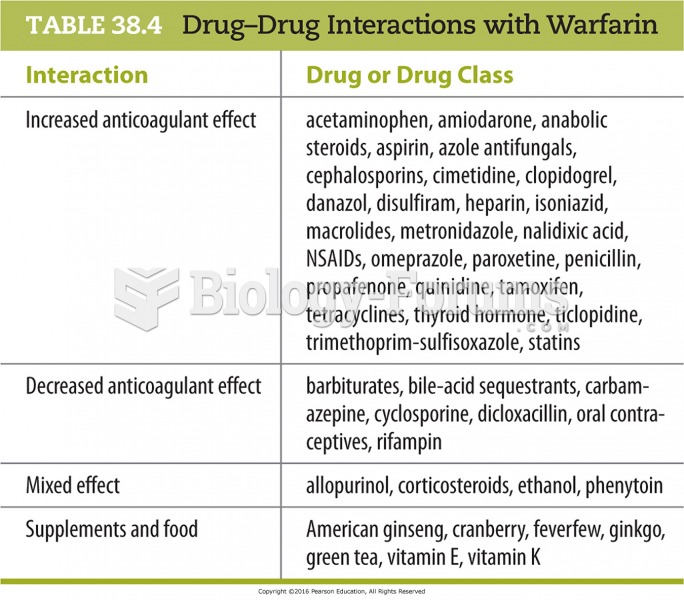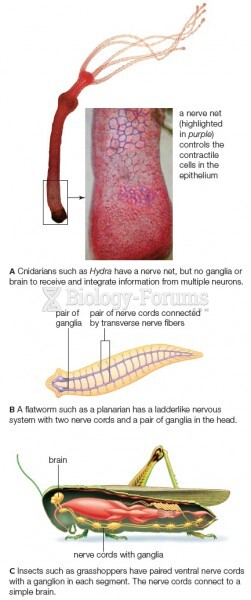Answer to Question 1
Correct Answer: 2, 5
Rationale 1: Calcium channel blocker is a pharmacologic classification, not a trade name.
Rationale 2: Benadryl is the trade name for diphenhydramine.
Rationale 3: Loop diuretic is a pharmacologic classification, not a trade name.
Rationale 4: Acetaminophen is a generic name. A trade name for this medication is Tylenol.
Rationale 5: Motrin is a trade name for ibuprofen.
Global Rationale: Benadryl is the trade name for diphenhydramine. Motrin is a trade name for ibuprofen. Calcium channel blocker is a pharmacologic classification, not a trade name. Loop diuretic is a pharmacologic classification, not a trade name. Acetaminophen is a generic name. A trade name for this medication is Tylenol.
Answer to Question 2
Correct Answer: 3
Rationale 1: The generic version of the drug is already developed but the copyright of the drug is owned by the pharmaceutical company that developed it for 17 years.
Rationale 2: The length of time for a drug to be approved by the FDA varies.
Rationale 3: Sole ownership of a drug allows the pharmaceutical company to earn back the money spent to develop the drug. For example, if it takes 7 years for a drug to be approved, competing companies will not be allowed to market a generic equivalent drug for another 10 years. The rationale for this is that the developing company must be allowed sufficient time to recoup the millions of dollars spent in research needed to develop the new drug. After 17 years, competing companies may sell a generic equivalent drug-using: a different name, which the FDA must approve.
Rationale 4: A drug can be approved in a much shorter period of time, and animal testing does not last 10 years.
Global Rationale: Sole ownership of a drug allows the pharmaceutical company to earn back the money spent to develop the drug. For example, if it takes 7 years for a drug to be approved, competing companies will not be allowed to market a generic equivalent drug for another 10 years. The rationale for this is that the developing company must be allowed sufficient time to recoup the millions of dollars spent in research needed to develop the new drug. After 17 years, competing companies may sell a generic equivalent drugusing a different name, which the FDA must approve. The generic version of the drug is already developed but the copyright of the drug is owned by the pharmaceutical company that developed it for 17 years. The length of time for a drug to be approved by the FDA varies. A drug can be approved in a much shorter period of time, and animal testing does not last 10 years.
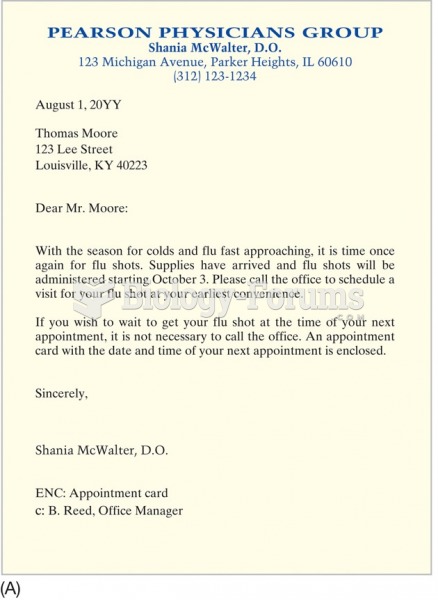 Examples of four letter formats: (A) block style, (B) modified block style, (C) modified block style ...
Examples of four letter formats: (A) block style, (B) modified block style, (C) modified block style ...
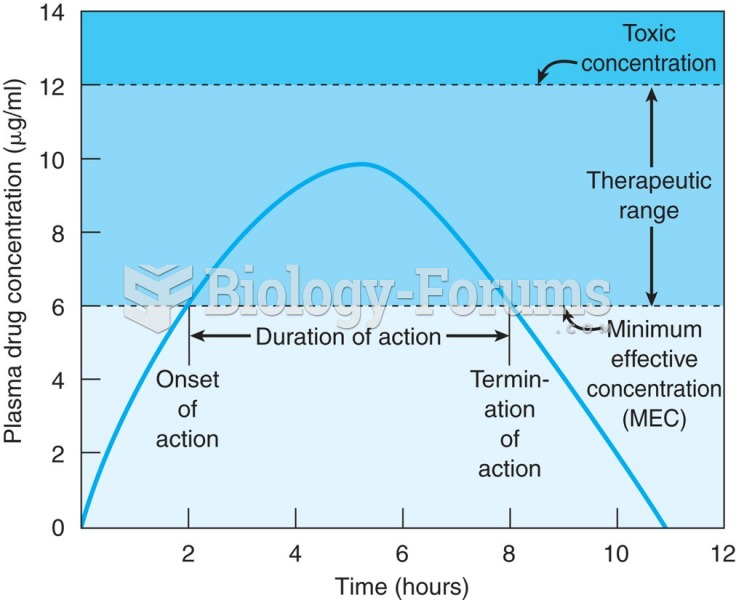 Graph showing oral administration of a single-dose drug. The time of onset is 2 hours and the end of ...
Graph showing oral administration of a single-dose drug. The time of onset is 2 hours and the end of ...
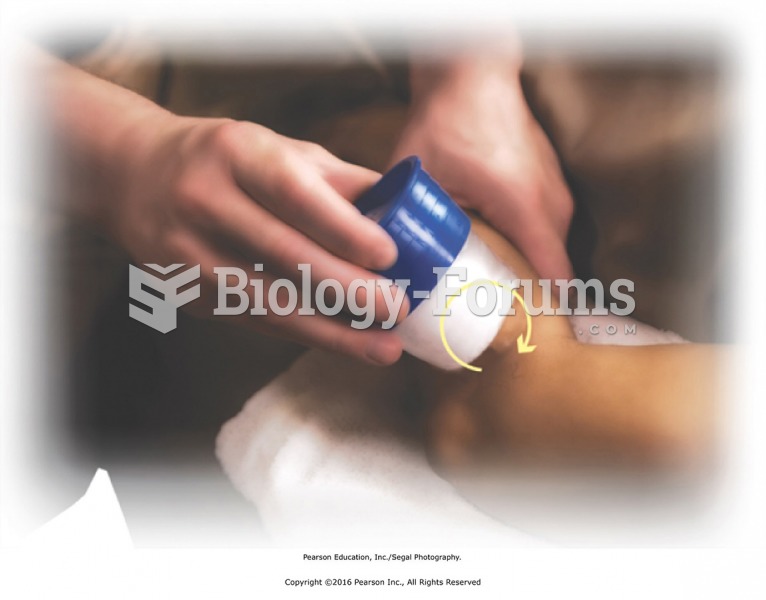 Circular movement of ice over lateral area just distal to the elbow. Use medium pressure to apply ...
Circular movement of ice over lateral area just distal to the elbow. Use medium pressure to apply ...


